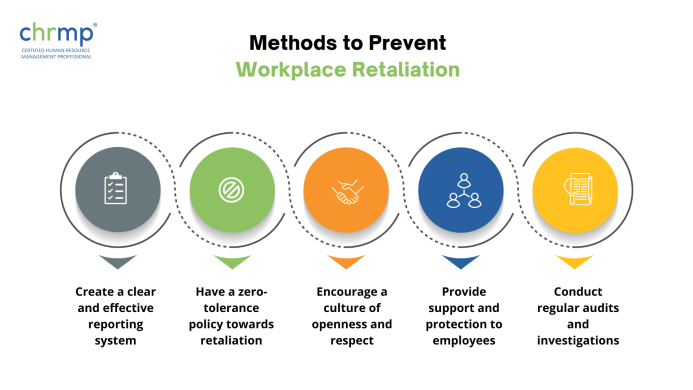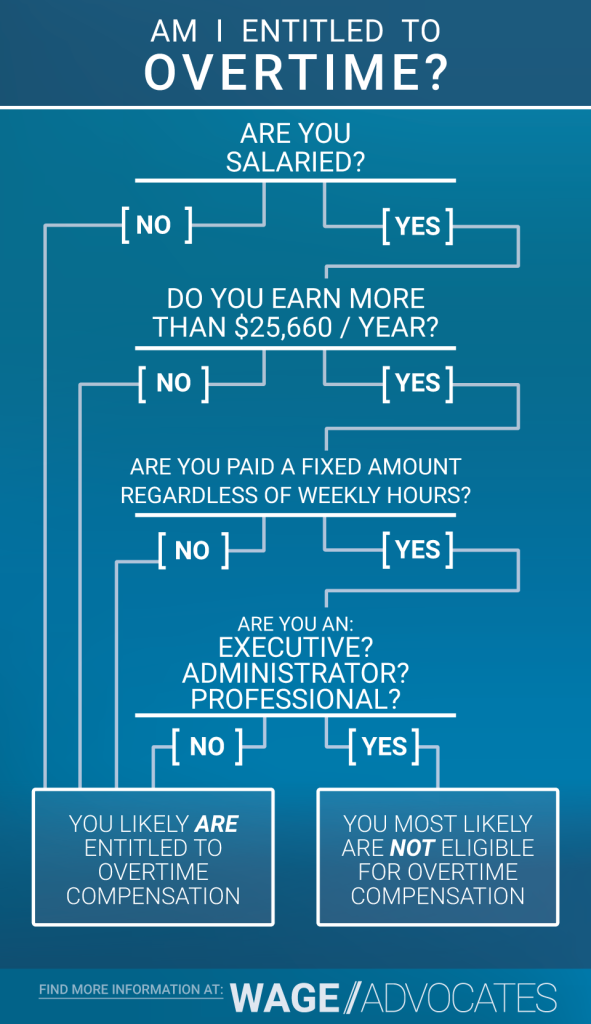
The Ultimate Beginner’s Guide to Hiring & Recruitment: Building Your Dream Team
Hiring and recruitment might sound like fancy corporate terms, but at its heart, it’s simply about finding the right people for the right jobs. Whether you’re a small business owner looking for your first employee, an aspiring HR professional, or just curious about how companies grow, understanding this process is crucial.
In today’s competitive world, a company’s success isn’t just about its products or services; it’s about the people who create and deliver them. That’s where smart hiring and recruitment come in. This guide will break down everything you need to know, from why it’s so important to the step-by-step process of building your dream team.
Why is Hiring & Recruitment So Important?
Think of your company as a sports team. You can have the best strategy in the world, but if you don’t have skilled players who work well together, you won’t win. Hiring and recruitment is how you get those players.
Here’s why it’s a cornerstone of any successful organization:
- Drives Growth & Innovation: The right people bring fresh ideas, new skills, and the drive to help your business expand and innovate.
- Boosts Productivity & Efficiency: Talented and motivated employees work smarter, produce higher quality work, and help your operations run smoothly.
- Shapes Company Culture: Every person you hire contributes to the atmosphere, values, and overall vibe of your workplace. Good hires reinforce a positive culture; bad hires can erode it.
- Reduces Costs in the Long Run: While hiring costs money upfront, making the right choice avoids the much higher costs of a bad hire (lost productivity, training new replacements, low morale).
- Builds a Competitive Edge: In a world where everyone has access to similar technology, it’s often the unique talent and dedication of a company’s workforce that sets it apart.
- Improves Employee Retention: A well-executed hiring process finds people who are a good fit for the role and the company, making them more likely to stay long-term.
Who Does the Hiring? Understanding the Roles
Hiring isn’t always a one-person show. Depending on the size and structure of a company, different roles come into play:
- Human Resources (HR) Professionals: Often the central hub for all things people-related. In hiring, HR handles everything from crafting job descriptions and posting openings to screening resumes, coordinating interviews, and managing offer letters. They ensure the process is fair, legal, and aligns with company policies.
- Recruiters: These specialists are focused purely on finding and attracting candidates.
- Internal Recruiters: Work directly for a company and focus on filling their specific job openings. They know the company culture inside and out.
- External Recruiters (Headhunters/Staffing Agencies): Work for recruitment firms and are hired by companies to find candidates for their open roles. They often specialize in certain industries or types of positions.
- Hiring Managers: These are the people who will actually manage the new hire day-to-day (e.g., a Marketing Manager hiring a Marketing Assistant). They define the needs of the role, participate in interviews, and make the final decision on who gets hired. Their input is critical for finding someone who fits the team and can do the job effectively.
- Interview Panels/Teams: For more senior roles, multiple team members might interview a candidate to get different perspectives on skills, fit, and potential.
The 7 Key Steps of the Hiring & Recruitment Process
Now, let’s dive into the practical steps involved in bringing new talent into your organization.
Step 1: Plan & Prepare – Defining Your Needs
Before you even think about looking for candidates, you need to know exactly what you’re looking for. This is like creating a blueprint before building a house.
- Identify the Need: Why do you need this role? Is it a new position, or are you replacing someone? What problem will this person solve?
- Create a Detailed Job Description (JD): This is your most important tool. It should clearly outline:
- Job Clear and descriptive (e.g., "Senior Software Engineer," not just "Coder").
- Summary/Overview: A brief paragraph explaining the role’s purpose.
- Key Responsibilities: What will this person do on a daily basis? Use action verbs.
- Required Skills & Qualifications: What must they have (e.g., specific software, years of experience, degrees)?
- Preferred Skills & Qualifications: What would be a bonus but isn’t mandatory?
- Reporting Structure: Who will they report to?
- Location: Remote, in-office, hybrid?
- Company Overview & Culture: Briefly describe your company and what it’s like to work there.
- Salary Range & Benefits: Be transparent if possible, or indicate it’s competitive.
- Define Your Ideal Candidate Profile: Beyond skills, what kind of personality, work ethic, and values are you looking for? How will they fit into your team and culture?
Step 2: Attract Talent – Getting the Word Out
Once you know what you need, it’s time to tell the world! This is about casting your net wide to find qualified applicants.
- Job Boards:
- General: LinkedIn, Indeed, Glassdoor, ZipRecruiter.
- Niche: Industry-specific boards (e.g., Dice for tech, Krop for design).
- Company Website/Careers Page: Always post your openings here. It shows professionalism and is often the first place truly interested candidates look.
- Social Media: LinkedIn is key for professional roles. Facebook, Twitter, and even Instagram can be used to showcase company culture and share openings.
- Employee Referral Programs: Your current employees are a fantastic source! They know your company culture and can recommend people who would be a good fit. Offer incentives for successful referrals.
- Networking Events & Career Fairs: Meet potential candidates face-to-face and discuss opportunities.
- Passive Sourcing: For hard-to-fill roles, recruiters might actively search LinkedIn profiles or professional databases to identify potential candidates who aren’t actively looking but might be open to a new opportunity.
Step 3: Screen Applications – Sifting Through Resumes
Once applications start rolling in, you need a system to quickly identify the best fits. This is often the most time-consuming step.
- Initial Review: Quickly scan resumes and cover letters for:
- Keywords: Do they match the skills and experience listed in your job description?
- Required Qualifications: Do they have the non-negotiable experience or certifications?
- Red Flags: Gaps in employment, frequent job hopping (though always worth asking about).
- Applicant Tracking Systems (ATS): Many companies use ATS software to manage applications. These systems can:
- Automate resume parsing (extracting key info).
- Filter candidates based on keywords or specific questions.
- Help manage communication with applicants.
- Shortlisting: Create a smaller list of the most promising candidates for the next stage.
Step 4: Interview Candidates – Getting to Know Them
This is your chance to go beyond the resume and learn about a candidate’s personality, problem-solving skills, and cultural fit.
- Types of Interviews:
- Phone Screen/Initial Call: A quick 15-30 minute call to confirm basic qualifications, salary expectations, and interest.
- Video Interview: Increasingly common, especially for remote roles or initial deeper dives.
- In-Person Interview: Traditional face-to-face meeting.
- Panel Interview: Multiple interviewers at once.
- Behavioral Interview: Focuses on past experiences to predict future behavior (e.g., "Tell me about a time you faced a challenge and how you overcame it.").
- Situational Interview: Presents hypothetical scenarios (e.g., "What would you do if a client was unhappy with your work?").
- Technical/Skills-Based Interview: Tests specific job-related skills (e.g., coding challenge, presentation).
- Prepare Your Questions:
- Ask open-ended questions that encourage detailed answers.
- Focus on questions that reveal problem-solving skills, teamwork, and critical thinking.
- Avoid leading questions or questions that can be answered with a simple "yes" or "no."
- Listen Actively: Pay attention not just to what they say, but how they say it.
- Take Notes: Crucial for remembering details and comparing candidates fairly.
- Explain the Next Steps: Always let candidates know what to expect after the interview.
Step 5: Check References & Background – Verifying Information
Before making a final offer, it’s wise to confirm what you’ve learned.
- Reference Checks: Contact previous supervisors or colleagues (with the candidate’s permission) to verify employment, responsibilities, performance, and general character. Ask consistent questions for all candidates.
- Background Checks: Depending on the role and industry, this might include:
- Criminal history check.
- Education verification.
- Employment history verification.
- Drug screening.
- Always ensure you comply with all local, state, and federal laws regarding background checks.
Step 6: Make the Offer – Sealing the Deal
You’ve found your ideal candidate! Now it’s time to extend a formal offer.
- Verbal Offer (Optional but Recommended): A quick call to confirm their interest and verbally extend the offer before sending formal paperwork. This allows for immediate questions and shows enthusiasm.
- Formal Offer Letter: A legally binding document that includes:
- Job Title
- Start Date
- Salary/Compensation
- Benefits (health insurance, PTO, retirement, etc.)
- Reporting Manager
- Employment Type (full-time, part-time, contractor)
- Any contingencies (e.g., successful background check).
- Negotiation: Be prepared for candidates to negotiate salary or benefits. Have a clear understanding of your flexibility.
- Set a Deadline: Give the candidate a reasonable timeframe to accept or decline the offer.
- Communicate with Unsuccessful Candidates: While it can be tough, always inform candidates who weren’t selected. A polite rejection can preserve your company’s reputation.
Step 7: Onboard New Hires – Welcoming Them Aboard
The hiring process doesn’t end when someone accepts the offer. Effective onboarding is crucial for retention and productivity.
- Pre-Boarding: Before their first day, send welcome emails, necessary paperwork, and information about what to expect.
- First Day/Week:
- Have their workspace ready.
- Introduce them to the team.
- Provide essential equipment (laptop, phone, access cards).
- Complete HR paperwork.
- Review company policies and procedures.
- Structured Onboarding Program: Over the first few weeks or months, provide:
- Training on systems and tools.
- Clear goals and expectations.
- Regular check-ins with their manager.
- A "buddy" or mentor to help them integrate socially.
- Culture Integration: Help them understand the unwritten rules, social norms, and values of your company.
Tips for Successful Hiring (Beyond the Steps)
- Be Clear and Concise: From job descriptions to interview questions, clarity prevents misunderstandings and attracts the right people.
- Promote Your Culture: Showcase what makes your workplace unique. Candidates want to know where they’ll fit in. Use social media, employee testimonials, and your careers page.
- Be Fair and Unbiased:
- Focus on skills and experience, not personal characteristics.
- Use structured interviews with consistent questions for all candidates.
- Be aware of unconscious biases and work to mitigate them.
- Communicate Well: Keep candidates informed at every stage of the process, even if there are delays. A positive candidate experience, even for those not hired, reflects well on your brand.
- Use Technology Wisely: Applicant Tracking Systems (ATS), video conferencing tools, and HR software can streamline the process, but don’t let technology replace human connection.
- Value Candidate Experience: Treat every candidate with respect. Their experience, positive or negative, can impact your employer brand and future recruitment efforts.
- Measure & Learn: Track metrics like time-to-hire, cost-per-hire, and new hire retention rates. Use this data to continuously improve your process.
Common Challenges in Hiring (and How to Address Them)
Hiring isn’t always smooth sailing. Here are some common hurdles and how to navigate them:
- Finding Top Talent: The best candidates are often already employed.
- Solution: Proactive sourcing, strong employer brand, competitive compensation, and employee referral programs.
- Bias in Hiring: Unconscious biases can lead to unfair decisions and a lack of diversity.
- Solution: Structured interviews, diverse interview panels, bias training, and anonymized resume review where possible.
- High Competition: Everyone is vying for the best people.
- Solution: Offer a compelling employee value proposition (EVP) – what makes working for you unique and desirable beyond salary. Highlight culture, growth opportunities, and benefits.
- Poor Retention of New Hires: People leave shortly after joining.
- Solution: A robust onboarding program, clear communication of expectations, regular check-ins, and ensuring a true culture fit during the hiring process.
The Future of Hiring
The world of work is constantly evolving, and so is hiring:
- Artificial Intelligence (AI): AI is increasingly used for resume screening, candidate matching, and even preliminary interviews, making the process faster and potentially less biased.
- Data Analytics: Using data to predict successful hires, optimize recruitment channels, and improve candidate experience.
- Remote & Hybrid Work: The shift to flexible work models means companies can recruit from a global talent pool, but also requires new strategies for engagement and onboarding.
- Emphasis on Skills over Degrees: A growing focus on practical skills and competencies rather than traditional qualifications.
Conclusion: Investing in Your People is Investing in Your Future
Hiring and recruitment is more than just filling an empty seat; it’s about strategically building the backbone of your organization. It’s an investment in your company’s future, its culture, and its ability to innovate and thrive.
By understanding these fundamental steps, embracing best practices, and continuously learning, you’ll be well on your way to mastering the art of finding, attracting, and retaining the exceptional talent that will drive your success. Remember, your people are your greatest asset – treat the process of bringing them on board with the care and strategic thought it deserves.




Post Comment